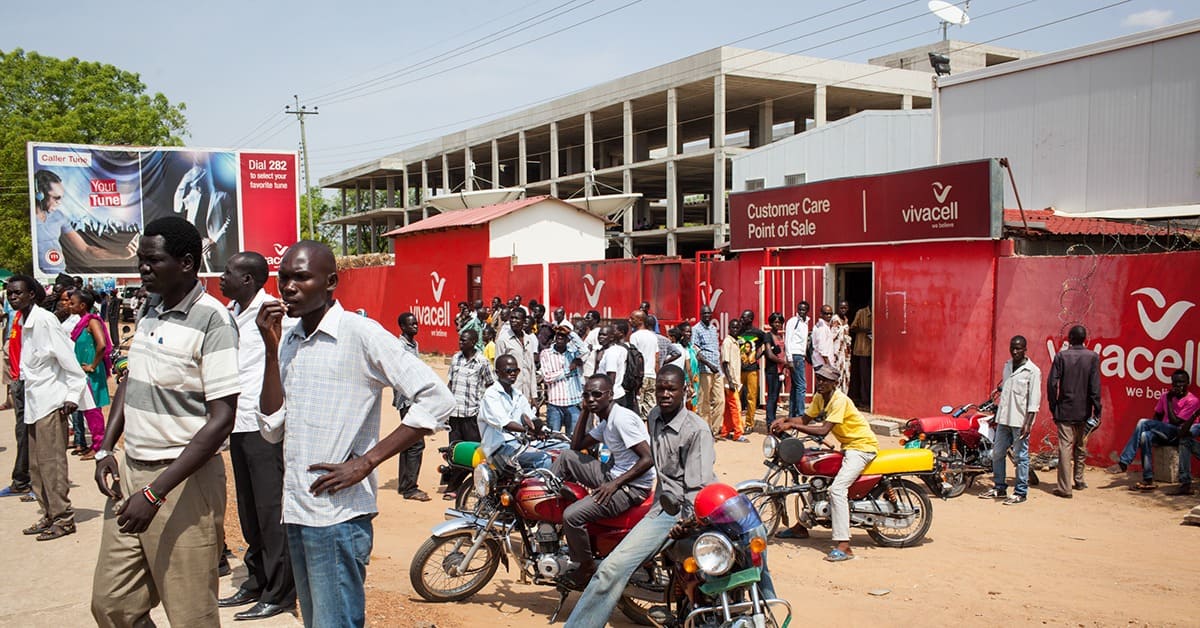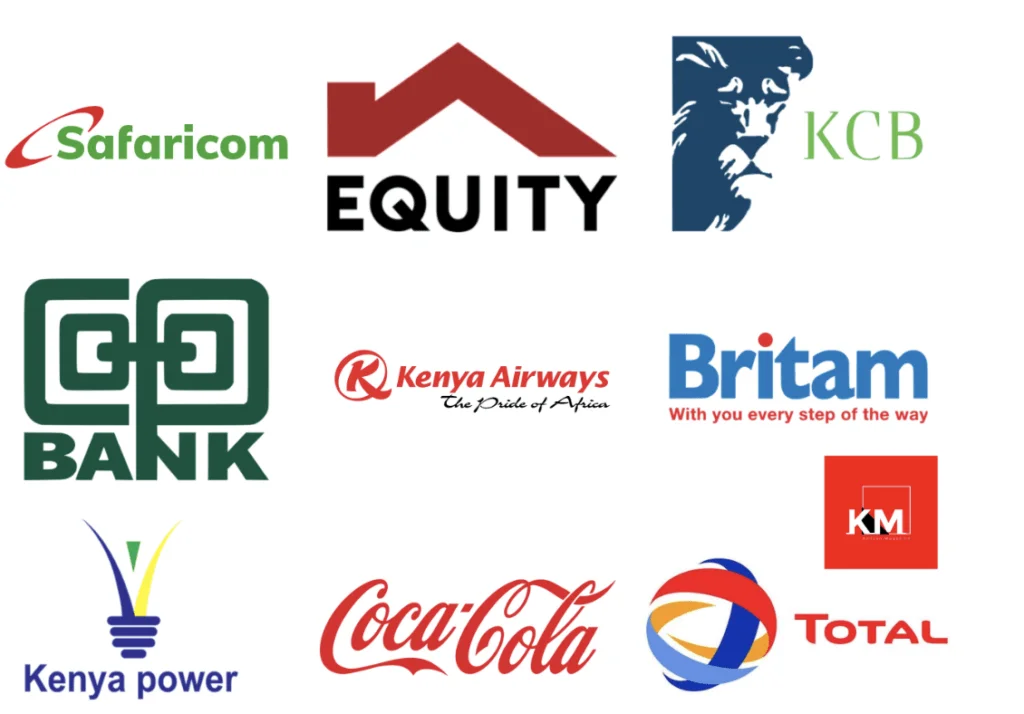Explore the top 10 poorest countries in the world and learn about the economic challenges they face. From political instability to limited access to basic services, these countries struggle with poverty. Discover the efforts being made to uplift their economies and create a more equitable and prosperous world for all.
List of Top 10 Poorest Countries In The World
The following is a list of the top 10 poorest countries in the world as per the December 2023 survey, sorted by their GDP:
- South Sudan – 3.9 billion dollars
- Burundi – 3.4 billion dollars
- Central African Republic – 2.2 billion dollars
- Somalia- 7.5 billion dollars
- Democratic Republic of the Congo- 42.6 billion dollars
- Mozambique- 3.3 billion dollars
- Niger- 9.2 billion dollars
- Malawi- 6.9 billion dollars
- Chad – 10.9 billion dollars
- Liberia – 10.9 billion dollars
Source: International Monetary Fund, World Economic Outlook April 2023.
Top 100 World’s Poorest Countries 2023
Rank Country/Territory GDP-PPP per capita ($) 1 🇸🇸South Sudan 516 2 🇧🇮Burundi 891 3 🇨🇫Central African Republic 1,127 4 🇸🇴Somalia 1,374 5 🇨🇩Democratic Republic of the Congo 1,474 6 🇲🇿Mozambique 1,556 7 🇳🇪Niger 1,600 8 🇲🇼Malawi 1,682 9 🇹🇩Chad 1,787 10 🇱🇷Liberia 1,788 11 🇲🇬Madagascar 1,916 12 🇾🇪Yemen 2,042 13 🇸🇱Sierra Leone 2,082 14 🇪🇷Eritrea 2,188 15 🇰🇮Kiribati 2,381 16 🇸🇧Solomon Islands 2,414 17 🇬🇲Zimbabwe 2,627 18 🇲🇱Mali 2,656 19 🇻🇺Burkina Faso 2,726 20 🇹🇬Togo 2,754 21 🇬🇲The Gambia 2,804 22 🇻🇺Vanuatu 3,001 23 🇬🇼Guinea-Bissau 3,072 24 🇷🇼Rwanda 3,090 25 🇬🇳Guinea 3,218 26 🇺🇬Uganda 3,224 27 🇭🇹Haiti 3,248 28 🇱🇸Lesotho 3,251 29 🇰🇲Comoros 3,463 30 🇹🇿Tanzania 3,600 31 🇹🇱Timor-Leste 3,637 32 🇪🇹Ethiopia 3,724 33 🇫🇲Micronesia 3,931 34 🇿🇲Zambia 4,041 35 🇧🇯Benin 4,300 36 🇸🇩Sudan 4,471 37 🇸🇳Senegal 4,515 38 🇵🇬Papua New Guinea 4,516 39 🇨🇲Cameroon 4,665 40 🇲🇭Marshall Islands 4,669 41 🇸🇹São Tomé and Príncipe 4,874 42 🇳🇵Nepal 5,101 43 🇲🇲Myanmar 5,132 44 🇨🇬Republic of the Congo 5,155 45 🇹🇯Tajikistan 5,293 46 🇹🇻Tuvalu 5,797 47 🇰🇭Cambodia 6,092 48 🇳🇬Nigeria 6,178 49 🇰🇬Kyrgyz Republic 6,250 50 🇼🇸Samoa 6,324 51 🇰🇪Kenya 6,569 52 🇵🇸West Bank and Gaza 6,688 53 🇵🇰Pakistan 6,836 54 🇩🇯Djibouti 6,894 55 🇬🇭Ghana 6,974 56 🇨🇮Côte d’Ivoire 7,011 57 🇹🇴Tonga 7,125 58 🇦🇴Angola 7,222 59 🇭🇳Honduras 7,228 60 🇲🇷Mauritania 7,437 61 🇳🇮Nicaragua 7,601 62 🇻🇪Venezuela 8,028 63 🇻🇪Bangladesh 8,663 64 🇮🇳India 9,073 65 🇨🇻Cabo Verde 9,661 66 🇱🇦Lao P.D.R. 9,801 67 🇺🇿Uzbekistan 10,308 68 🇧🇴Bolivia 10,327 69 🇲🇦Morocco 10,460 70 🇬🇹Guatemala 10,546 71 🇧🇿Belize 10,939 72 🇳🇷Nauru 11,342 73 🇵🇭Philippines 11,420 74 🇳🇦Namibia 11,440 75 🇸🇿Eswatini 11,492 76 🇸🇻El Salvador 11,647 77 🇯🇲Jamaica 12,887 78 🇯🇴Jordan 12,893 79 🇮🇶Iraq 12,927 80 🇹🇳Tunisia 13,270 81 🇩🇿Algeria 13,507 82 🇪🇨Ecuador 13,513 83 🇺🇦Ukraine 13,901 84 🇩🇲Dominica 14,161 85 🇮🇩Bhutan 14,170 86 🇲🇿Sri Lanka 14,223 87 🇩🇲Vietnam 14,458 88 🇲🇳Mongolia 14,939 89 🇵🇾Paraguay 15,578 90 🇽🇰Kosovo 15,620 91 🇫🇯Fiji 15,727 92 🇮🇩Indonesia 15,855 93 🇿🇦South Africa 16,091 94 🇵🇪Peru 16,132 95 🇵🇼Palau 16,394 96 🇲🇩Moldova 16,840 97 🇪🇬Egypt 16,979 — 🇦🇫Afghanistan
🇱🇧Lebanon
🇸🇾SyriaN.A.
Source: International Monetary Fund, World Economic Outlook April 2023. The list above of the poorest countries in the world measures 97 countries by GDP and PPP and ranks them from poorest to richest. These values are expressed in current international dollars, reflecting the corresponding exchange rates and PPP adjustments.
Top 10 Poorest Countries in the World
Below is a ranking of the 10 poorest countries, starting from the country ranked tenth poorest and progressing to the country ranked as the top poorest in the world for 2023.
10 Liberia
Liberia, located on the west coast of Africa, has a turbulent history marked by civil war and political instability. Despite recent progress in rebuilding the country, Liberia still faces economic challenges, including high unemployment rates and limited access to basic services.
Current International Dollars: 1,788 | View Liberia’s GDP & Economic Data
Africa’s oldest republic has ranked amongst the poorest countries in the world for many years. Expectations were high when the former football star George Weah became president in 2018. His first years in office were instead marred by high inflation, unemployment and negative economic growth. After contracting by 3% in 2020 due to the pandemic, GDP recovered to 5% in 2021 and 4.8% in 2022. Weah is up for re-election in October this year.
- GDP: $10.9 billion
- Population: 5,428,692
- Regional Culture: Diverse ethnicities with a strong influence of indigenous traditions and American colonization heritage.
- Government Name: Republic of Liberia
- Main Source of Income: Mining, particularly iron ore and rubber, forms a significant part of the country’s economy.
- Cause of Poverty: Historical civil wars, economic mismanagement, and dependance on few export commodities contribute to poverty challenges.
9 .Chad
Chad has Africa’s tenth-largest oil reserves yet poverty remains widespread, making it the ninth poorest country in the world. Most of the windfall from the nation’s 2003 oil find was spent by the country’s autocratic ruler, Idriss Deby, on fighting rebels and cracking down on any form of dissent
- GDP: $10.9 billion
- Population: 18,327,841
- Regional Culture: Group of diverse ethnic groups, including Arabs, Sara, and Gorane, each contributing to the country’s cultural richness.
- Government Name: Republic of Chad
- Main Source of Income: The economy relies heavily on oil exports, livestock, and agriculture.
- Cause of Poverty: Political instability, conflicts, and reliance on vulnerable sectors contribute to economic challenges and poverty.
8.Malawi
Located in southeastern Africa, Malawi is another country struggling with poverty. Despite its agricultural potential, Malawi faces numerous challenges, including limited infrastructure, droughts, and high rates of HIV/AIDS.
- GDP: $6.9 billion
- Population: 21,039,999
- Regional Culture: Diverse ethnic groups with a predominant influence of Chewa, Yao, and Nyanja traditions.
- Government Name: Republic of Malawi
- Main Source of Income: Agriculture, particularly tobacco, tea, and sugarcane, is a key economic factor.
- Cause of Poverty: Agricultural challenges, limited access to education and healthcare, and susceptibility to climate-related shocks contribute to widespread poverty.
7.Niger
Niger, a landlocked country in West Africa, is also among the poorest nations on Earth. With a predominantly rural population and a lack of natural resources, Niger faces significant economic challenges. The country also deals with frequent droughts, which further exacerbate food insecurity.
- GDP: $9.2 billion
- Population: 27,291,636
- Regional Culture: Predominantly Hausa, Zarma-Songhai, and Tuareg ethnic groups with a rich nomadic heritage.
- Government Name: Republic of Niger
- Main Source of Income: Agriculture and uranium mining are primary economic pillars.
- Cause of Poverty: Vulnerability to drought, desertification, and high population growth contribute to economic challenges and poverty.
6.Mozambique
Mozambique, situated in southeastern Africa, is known for its stunning coastline and diverse wildlife. However, the country struggles with poverty due to a history of civil war and natural disasters. Despite recent economic growth, Mozambique still faces high levels of unemployment and limited access to education and healthcare.
- GDP: $3.3 billion
- Population: 33,980,890
- Regional Culture: Diverse ethnic groups with a mixture of Bantu, Swahili, and indigenous influences.
- Government Name: Republic of Mozambique
- Main Source of Income: Agriculture, mining, and natural gas exports contribute significantly.
- Cause of Poverty: Historical conflict legacies, combined with economic challenges and natural disasters, contribute to persistent poverty.
5.Democratic Republic of the Congo
The Democratic Republic of the Congo (DRC) is a vast country in Central Africa, rich in natural resources. However, years of conflict and political instability have hindered its economic development. The DRC faces challenges such as widespread poverty, corruption, and inadequate infrastructure.
- GDP: $42.6 billion
- Population: 102,553,019
- Regional Culture: Diverse ethnic groups with rich cultural heritage and traditional practices.
- Government Name: Democratic Republic of the Congo
- Main Source of Income: Abundant natural resources, including minerals and agriculture.
- Cause of Poverty: Enduring conflict, political instability, and economic mismanagement contributing to widespread poverty.
4.Somalia
This country of 17 million in the Horn of Africa never seems to catch a break: 2020 brought coronavirus, floods and an unprecedented infestation of locusts; then Russia’s blockade of Ukraine’s wheat exports helped fill Somali health facilities with severely malnourished children.
- GDP: $7.5 billion
- Population: 18,192,151
- Regional Culture: Diverse ethnicities with a strong influence of nomadic pastoral traditions.
- Government Name: Federal Republic of Somalia
- Main Source of Income: Livestock, remittances, and telecommunications services.
- Cause of Poverty: Ongoing conflict, political instability, and limited infrastructure stopping economic development.
3.Central African Republic (CAR)
Current International Dollars: 1,127 | View CAR’s GDP & Economic Data
Rich in gold, oil, uranium and diamonds, the Central African Republic is a very wealthy country inhabited by very poor people, and has been among the poorest countries in the world for the better part of a decade.
- GDP: $2.2 billion
- Population: 5,757,091
- Regional Culture: Rich cultural diversity with various ethnic groups and traditional practices.
- Government Name: Central African Republic
- Main Source of Income: Predominantly agriculture, with minerals and forestry contributing to the economy.
- Cause of Poverty: Ongoing political instability, armed conflicts, and economic challenges leading to widespread poverty.
2.Burundi
Burundi is a small landlocked country in East Africa. Despite its breathtaking landscapes and rich cultural heritage, Burundi faces immense poverty. The country has been plagued by political instability and conflict, which has hindered its economic development.
- GDP: $3.4 billion
- Population: 13,269,272
- Regional Culture: Ethnically diverse with a mixture of Hutu, Tutsi, and Twa communities.
- Government Name: Republic of Burundi
- Main Source of Income: Agriculture, with subsistence farming dominating the economy.
- Cause of Poverty: Factors include political unrest, civil conflict, and agricultural challenges contributing to economic struggles.
1. South Sudan
South Sudan is the youngest country in the world. Following a long and brutal civil war, South Sudan gained independence in 2011. However, the country continues to grapple with poverty, high unemployment rates, and limited access to basic services.

- GDP: $3.9 billion
- Population: 11,104,916
- Regional Culture: Diverse ethnicities with a rich mixture of traditional customs.
- Government Name: Republic of South Sudan
- Main Source of Income: Heavily dependant on oil exports.
- Cause of Poverty: Extensive conflict and political instability, hindering economic development
Poorest Countries In Each Continent
The section below lists the poorest country in the following continents: Africa, Asia, Australia, Europe, North America and South America.
Poorest Country in Africa
The poorest country in Africa is South Sudan.
Poorest Country in Asia
The poorest country in Asia is Nepal.
Poorest Country in Australia
The poorest country in the continent of Australia is Papua New Guinea.
Poorest Country in Europe
The poorest country in Europe is Ukraine.
Poorest Country in North America
The poorest country in North America is Haiti.
Poorest Country in South America
The poorest country in South America is Venezuela.
Conclusion
While these countries may be among the poorest in the world, it is important to recognise the resilience and determination of their people. Efforts are being made, both domestically and internationally, to uplift these nations and improve their economic conditions. By understanding the challenges they face, we can work towards creating a more equitable and prosperous world for all.




